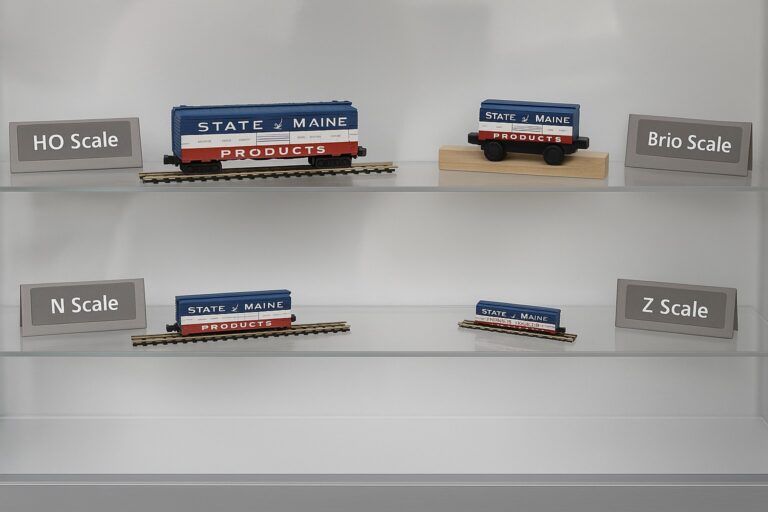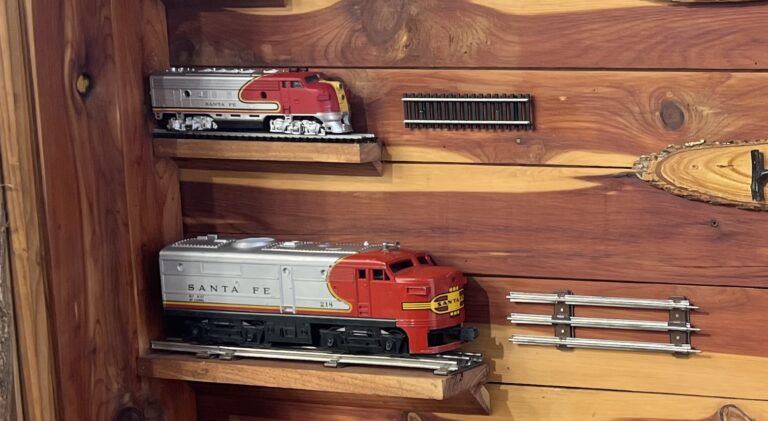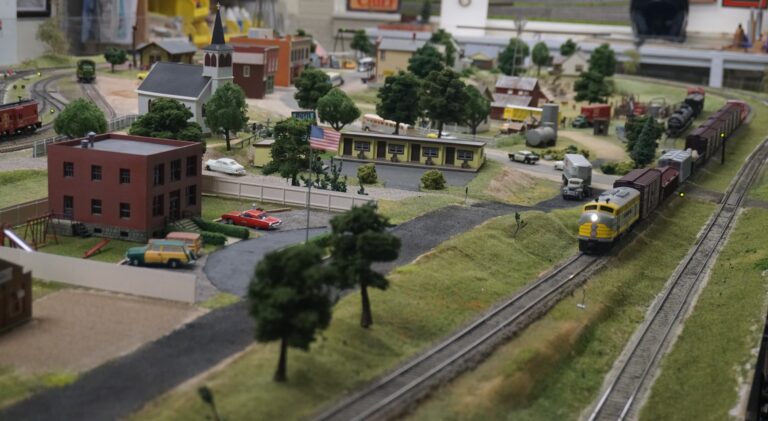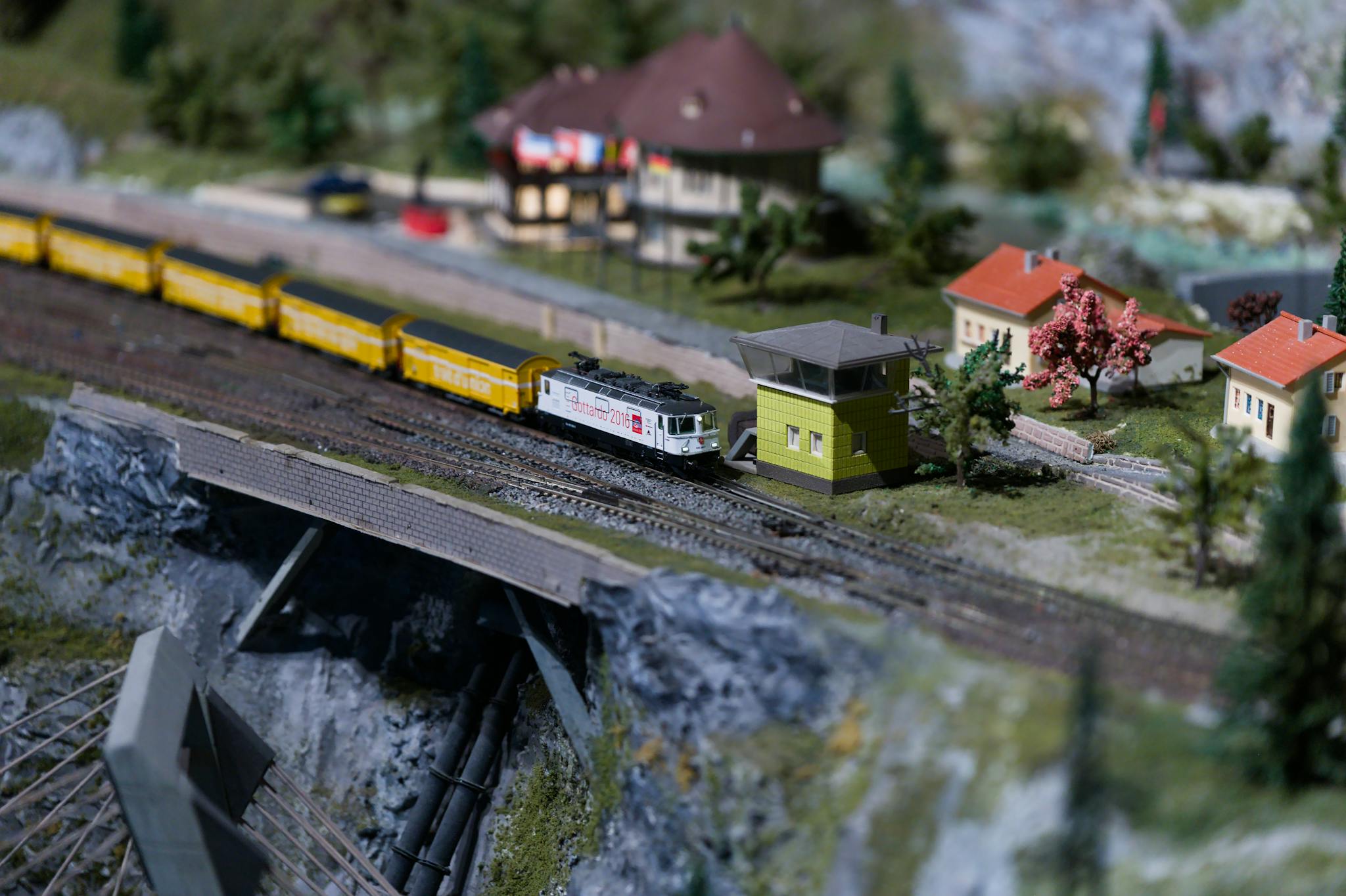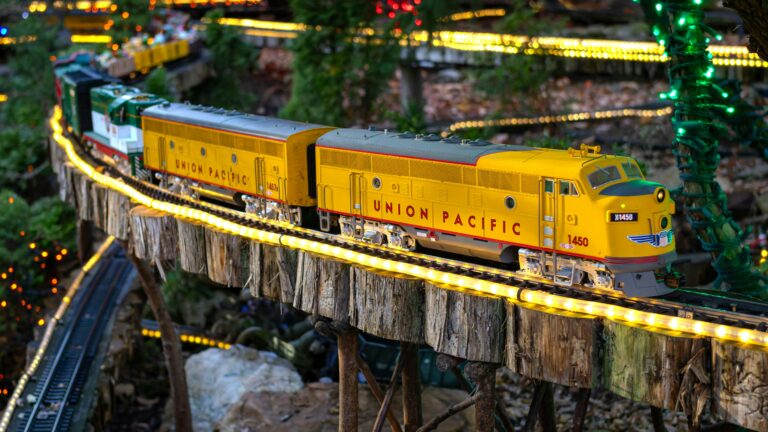Simple Model Train Layouts That Won’t Overwhelm New Hobbyists
Explore a selection of beginner model train layouts that are easy to build, space-friendly, and designed to keep things simple.
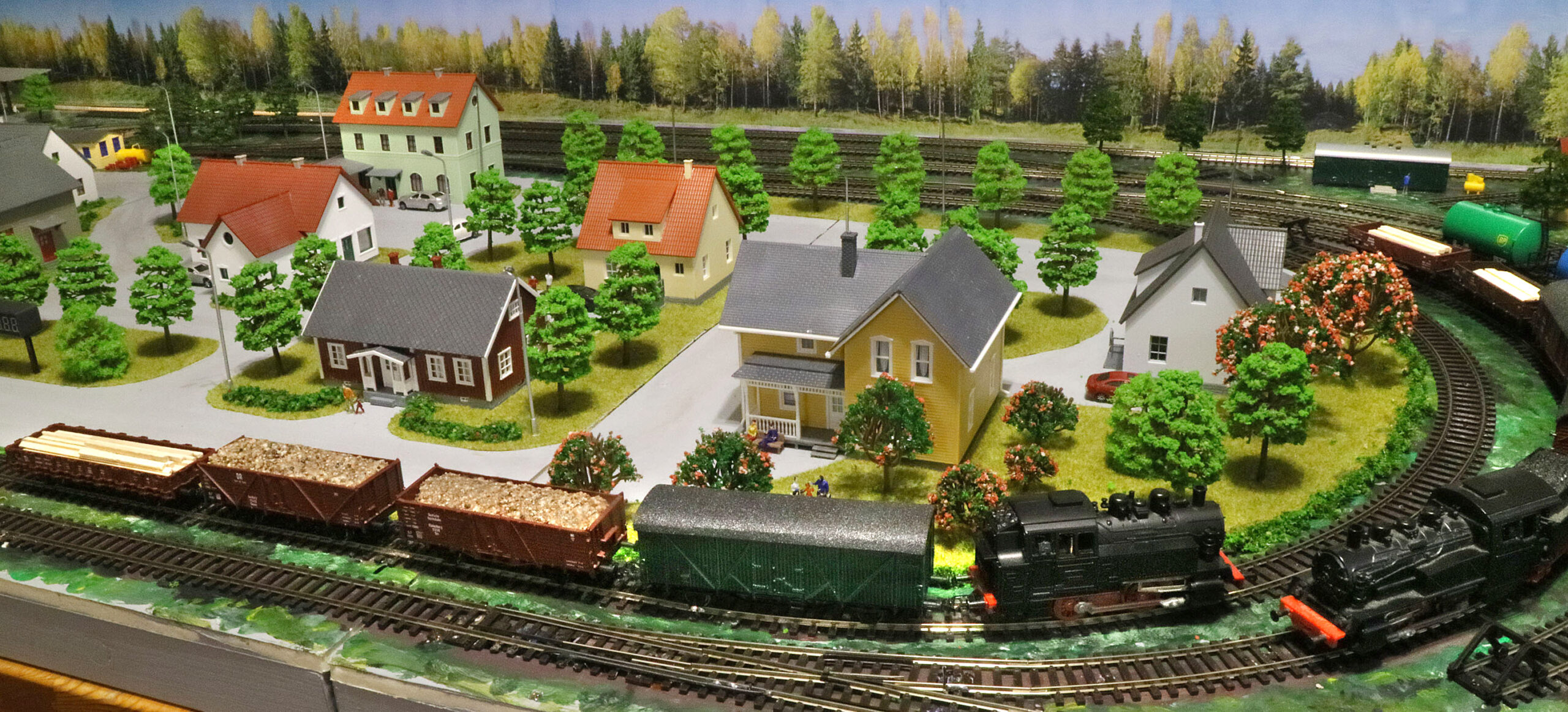
Getting started with model railroading can be exciting—but let’s face it, it can also feel a little overwhelming. With endless layout plans, technical jargon, and wiring diagrams flying around, many newcomers freeze before laying a single piece of track. That’s why we’ve put together this guide: to show you that you can build a small, satisfying model train layout without needing a whole basement or a background in electrical engineering.
Whether you’re returning to the hobby after years away or just discovering it for the first time, these easy model railroad ideas are designed to build confidence, not complexity. No advanced skills. No sprawling blueprints. Just approachable layout planning and clear track plan examples you can realistically build.
Start Small, Build Confidence
If you’re just starting out, there’s no shame in keeping it simple. In fact, it’s the best way to avoid burnout. A compact, beginner train layout lets you get familiar with track geometry, train operation, and basic scenery techniques—without biting off more than you can chew.
Think of your first layout as a practice canvas. It’s there to help you develop your skills and have fun. If you enjoy it, you can always expand later.
Pro Tip: Limit yourself to a 4×8 foot space or smaller. It’s large enough to build something interesting, but small enough to finish without months of frustration.
The Classic Oval: A Perfect Place to Begin
The simplest of all layout ideas is the classic oval. It’s exactly what it sounds like—an oval loop of track that lets your train run continuously. It might seem basic, but there’s a reason it’s a timeless favorite.
Why It Works:
- It fits on a small board (like 4×8 ft or even 3×6 ft)
- Minimal wiring needed
- Allows continuous running, which is satisfying to watch
- Easy to add a siding or station later
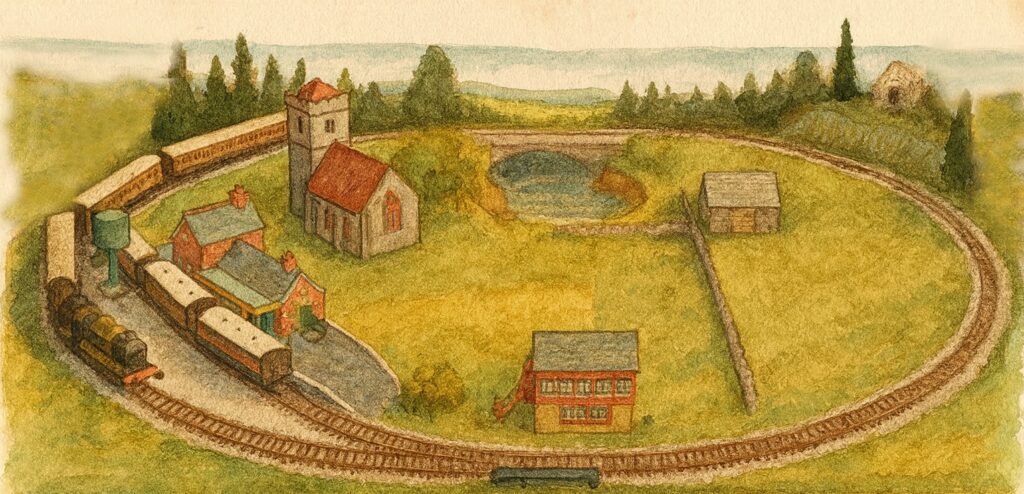
Most starter sets come with enough track to form an oval. You can find quality kits in HO scale that are ready to run right out of the box—this guide is a great place to start.
Point-to-Point Layouts: Ideal for Small Spaces
If you’re working with a shelf, desktop, or narrow wall space, consider a point-to-point design. These layouts don’t loop; instead, the train travels from one end to the other—just like a real short line or industrial railroad.
Benefits:
- Great for limited space (even 1×6 ft)
- Adds operational interest: you get to “do something” instead of just watching loops
- Realistic if you enjoy switching cars or simulating train operations
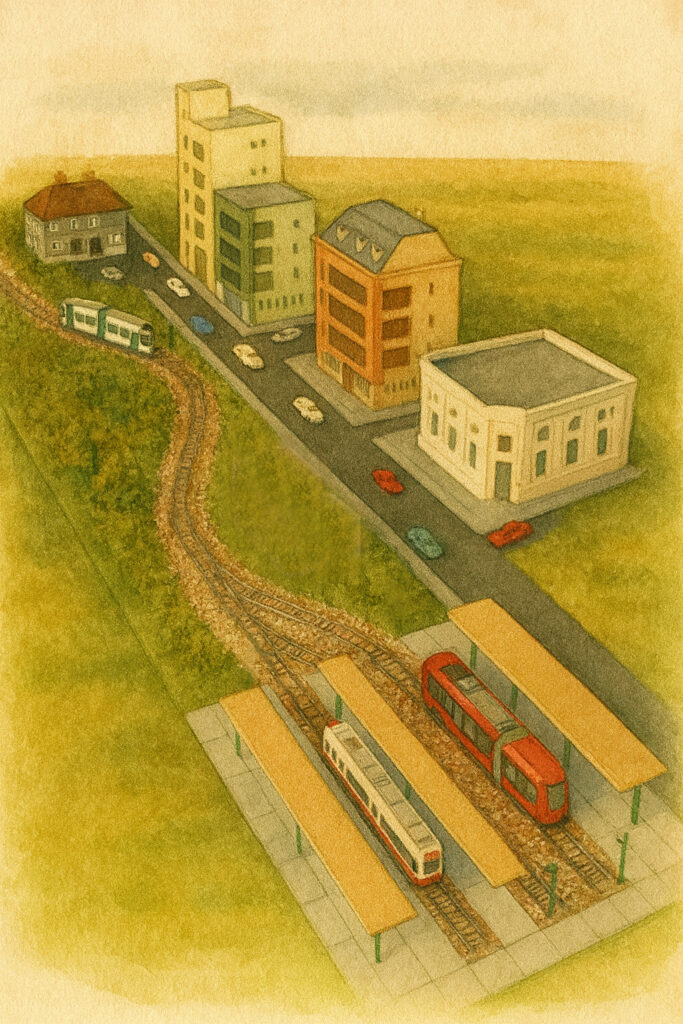
You can start with just a straight section of track and add a turnout or two as you go. A basic wiring guide will help you with the few connections you’ll need, even if you’ve never done it before.
Figure Eight Layouts: A Twist on the Loop
A figure-eight layout is a natural evolution of the oval. It adds a bit more interest to the visual flow of the train, and with an overpass (or a simple flat crossing), it becomes more engaging while staying manageable.
Considerations:
- Slightly more track than a basic oval
- Needs enough space for the loop crossings (4×8 ft minimum)
- Still beginner-friendly, especially with modular track systems
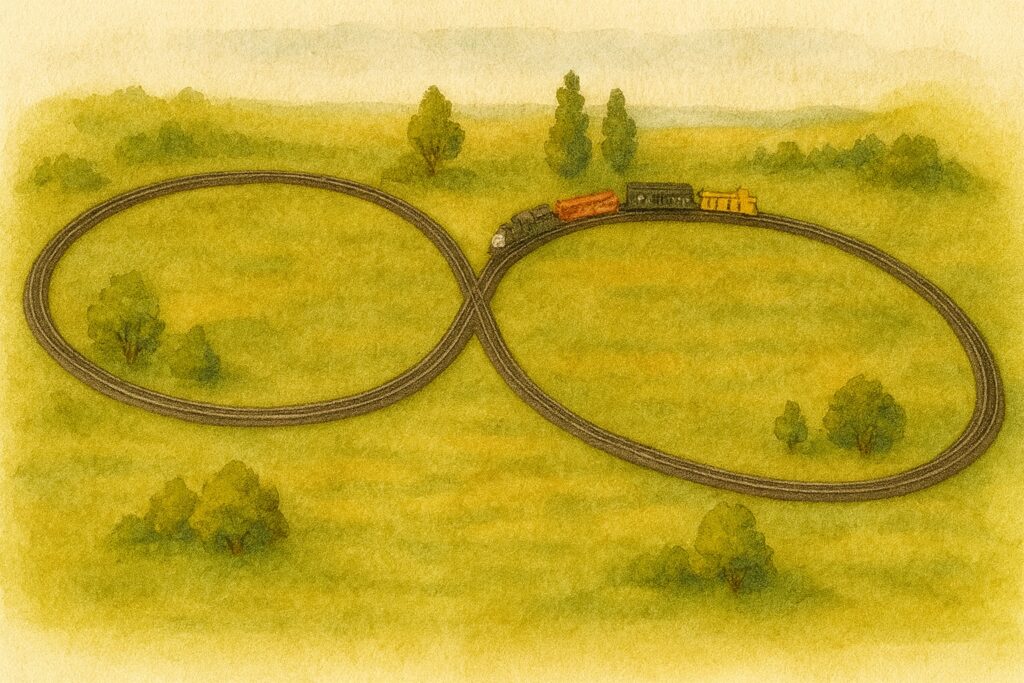
It’s a great layout idea if you want to “graduate” from a plain loop without diving into full-scale layout planning. Just keep grades gentle if you introduce elevation.
Dogbone Layouts: Compact with Character
A dogbone layout features two wider loops at each end connected by a narrow run in the middle—imagine a dog bone shape. It offers continuous running in a more linear space and works well along a wall or in a spare room.
Ideal For:
- More variety in how trains move
- A linear shelf or corner layout space
- Adding scenic elements or industries without cluttering the track plan

If you’re already considering what scale might be right for your space, a dogbone works beautifully in both N scale and HO scale. HO gives you more detail and rolling stock variety, while N scale allows even more layout in less space.
Modular and Expandable Layouts
Another beginner-friendly strategy is to build your layout in sections. These modules can be used individually or linked together later. It’s perfect for hobbyists who:
- Don’t have a permanent space yet
- Might move or reorganize
- Want flexibility in layout planning
Start with a single 2×4 ft module featuring a loop or switching area. You can always add more modules later, stacking them in storage or attaching them for special occasions.
Adding Interest Without Complexity
Even a small train layout can be full of personality. Here are a few easy ideas to enhance your layout without complicating it:
- Scenery: A few trees, a simple backdrop, and a tunnel portal go a long way.
- Structures: Drop-in buildings (like plastic kits) can add realism instantly.
- Switches and Sidings: Add one or two turnouts to create a passing track or spur.
- Automation: Battery-powered train sets or simple DC control keep operation intuitive.
Remember, you don’t need a complex DCC system to enjoy running trains. Our guide on track wiring for beginners will help keep things simple and safe.
Choosing the Right Scale for Simplicity
The two most popular scales for beginners are HO and N scale. Each has its strengths:
- HO Scale (1:87): Easier to handle, more detailed, more starter sets available.
- N Scale (1:160): Takes up less space, good for small layouts, slightly trickier to work with.
Our breakdown of HO vs N scale can help you make the right decision based on space, budget, and eyesight.
🎯 Tip: Stick with one scale at the start. Mixing scales adds complexity and limits your accessory options.
Starter Sets That Keep It Simple
A good starter set can jumpstart your journey without overwhelming you. Look for options that include:
- Locomotive
- Rolling stock
- Enough track to make a loop
- Power pack/controller
Some even include scenery or buildings. If you want a complete beginner-friendly kit, check out our curated roundup of the best starter sets under $300, or browse top-rated starter sets on Amazon.
Final Thoughts: Keep It Fun, Keep It Simple
Starting with an easy model railroad layout isn’t a compromise—it’s a smart move. It lets you build, operate, and enjoy your trains without biting off too much. You’ll get familiar with your equipment, learn what you enjoy, and stay motivated to keep going.
Once you’ve mastered a small layout, you can always expand or start a more ambitious project. But for now, enjoy the ride.
Because at the end of the day, a small train layout—done well—is more rewarding than a large one that never gets finished.

